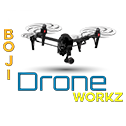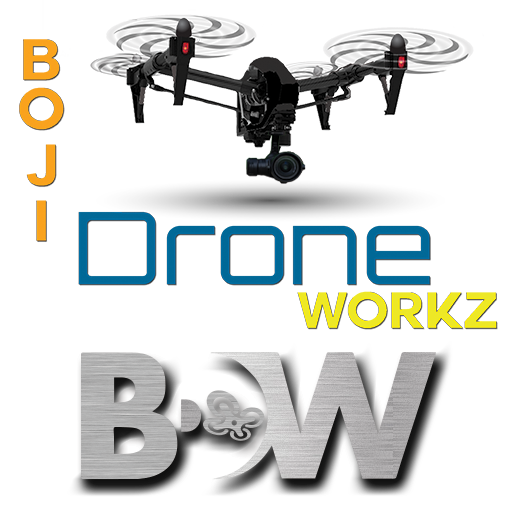Agricultural Drones
Agricultural drones also create satellite maps that can help farmers make decisions about fertilizer. Fertilizer is a major concern of farmers, as it represents up to 50 percent of input costs. By using high-tech sensors to absorb near infrared wavelengths, drones make maps that can show where phosphorous and nitrogen may have a need – or where there is an excess of nutrients. In this way, more nutrients need to be applied where they are needed most, as plants absorb more fertilizer when it is applied precisely. This level of detail can help farmers increase production and efficiencies that lead to higher yields.
- Soil differences in factors such as humidity and chemical composition.
- Appropriate use of fertilizers and pesticides, pest identification and plague.
- Harvest Control (growth seed know).
- The amount of light absorbed at different times of the year, performance and evaluation.
- Chlorophyll levels, stress and plant health.
- Identification of plants.
- Development of business plan.
- Guide cultivation plan and pruning.
- Development of a crop plan based on objective data.

